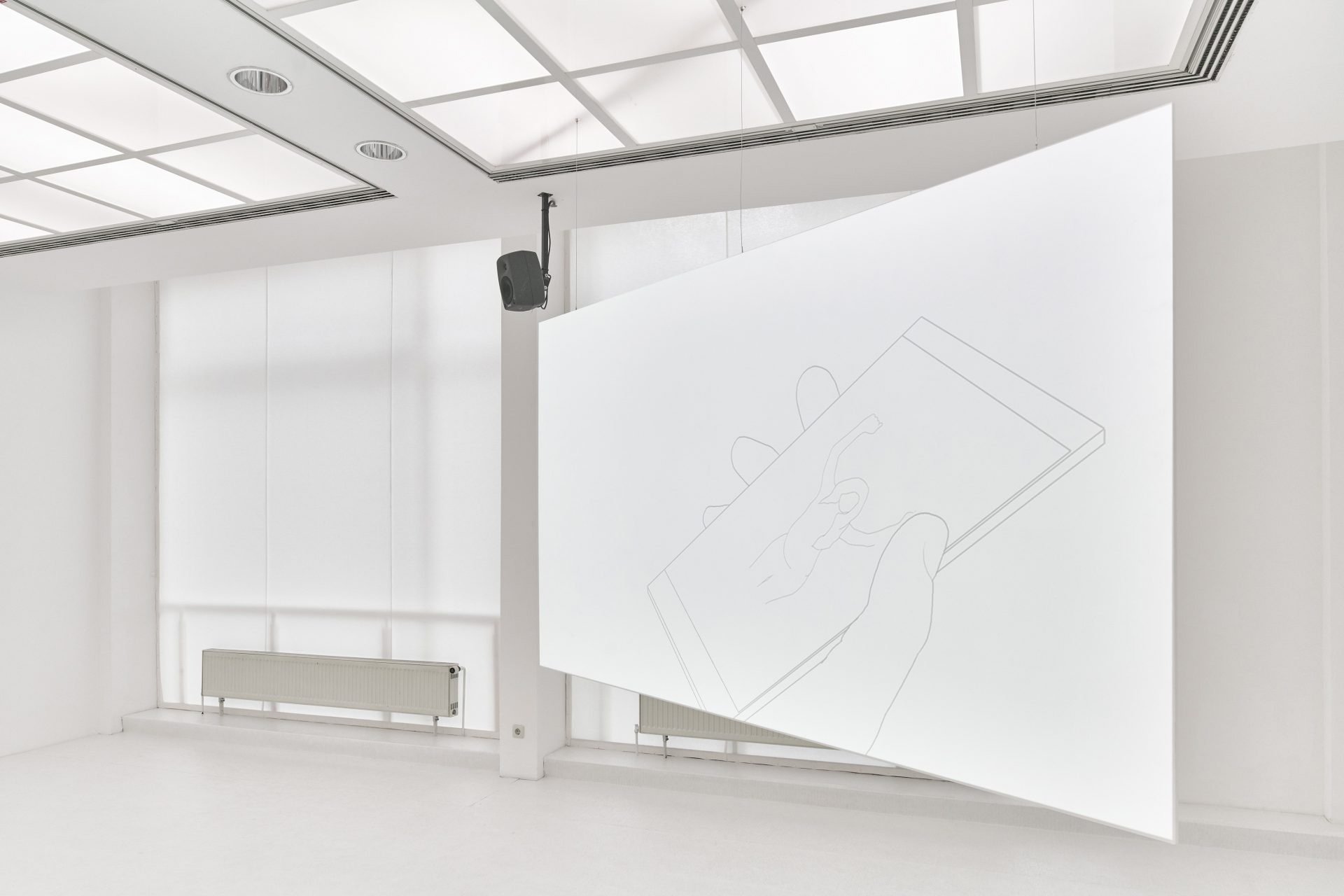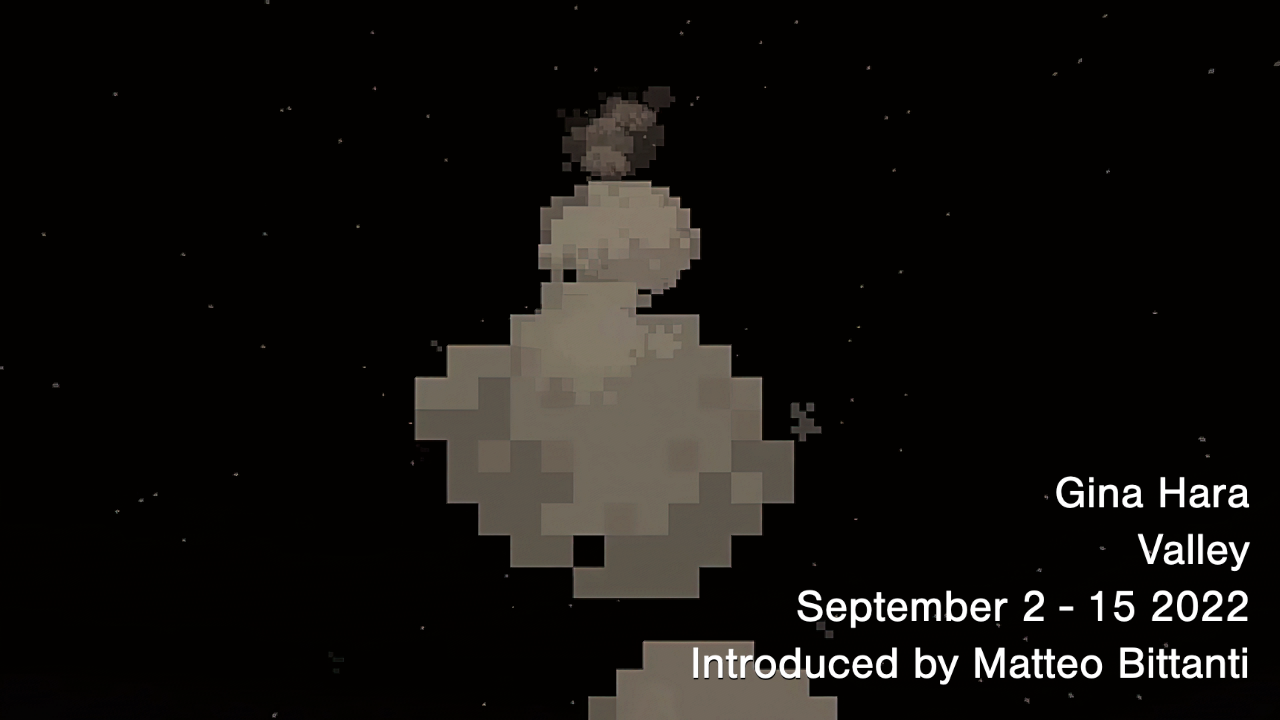VRAL is currently exhibiting Aleksandar Radan’s This water giver back no Images. Today we take a closer look at his 2017 experimental minimalist video work Prophezeiung eines lächerlichen Avatars (Prophecy of an ridiculous avatar).
PATREON-EXCLUSIVE CONTENT
〰️
PATREON-EXCLUSIVE CONTENT 〰️
Aleksandar Radan’s experimental animated short Prophecy of an Ridiculous Avatar (2017) (sic) and the video installation This water gives back no Images (2019), currently exhibited on VRAL, both manipulate found digital imagery to probe the boundaries between real and virtual identity. However, their approaches differ strikingly. Where Prophecy renders its appropriated clips from video games and social media into hand-drawn outlines, This water revels in the saturated hyperreality of gameplay graphics. And while Prophecy strips figures of identifiable features through the technique of rotoscoping, This Water foregrounds emergent narratives by concentrating on a single, recurring pale, somehow uncanny, avatar. Ultimately, Prophecy pursues abstraction by removing context, whereas This Water achieves discomfort by submerging viewers deeper inside familiar and yet uncanny simulated worlds.
Created specifically forhis 2017 solo exhibition at Frankfurter Kunstverein, the 5-minute experimental video Prophecy sees Radan meticulously rotoscope over 4,000 individual frames of digital footage. Culled from sources like YouTube and Twitch, scenes of violence, exploitation and vulnerability intermingle and repeat in a seamless flow. Despite utilizing digital editing tools, Radan manually traces each cell by hand — a painstaking process where two days of work yield just 10 seconds of finished film. Through exhaustive frame-by-frame drawing and erasure, offensive moments become diffused into hypnotic movement studies. Bereft of facial details, the abstracted figures traverse a contextless void…
Matteo Bittanti
Works cited
Aleksandar Radan
Prophezeiung eines lächerlichen Avatars (Prophecy of an ridiculous avatar)
digital video (rotoscoped, 3D animated film), 5’ 02”, 2017, Germany
Aleksandar Radan
This water gives back no Images
3-channel video installation, 6’ 12”, loop, 2017, Germany; hereby presented as a single-channel digital video
All images courtesy of the artist
This is a Patreon exclusive content. For full access consider joining our growing community.




